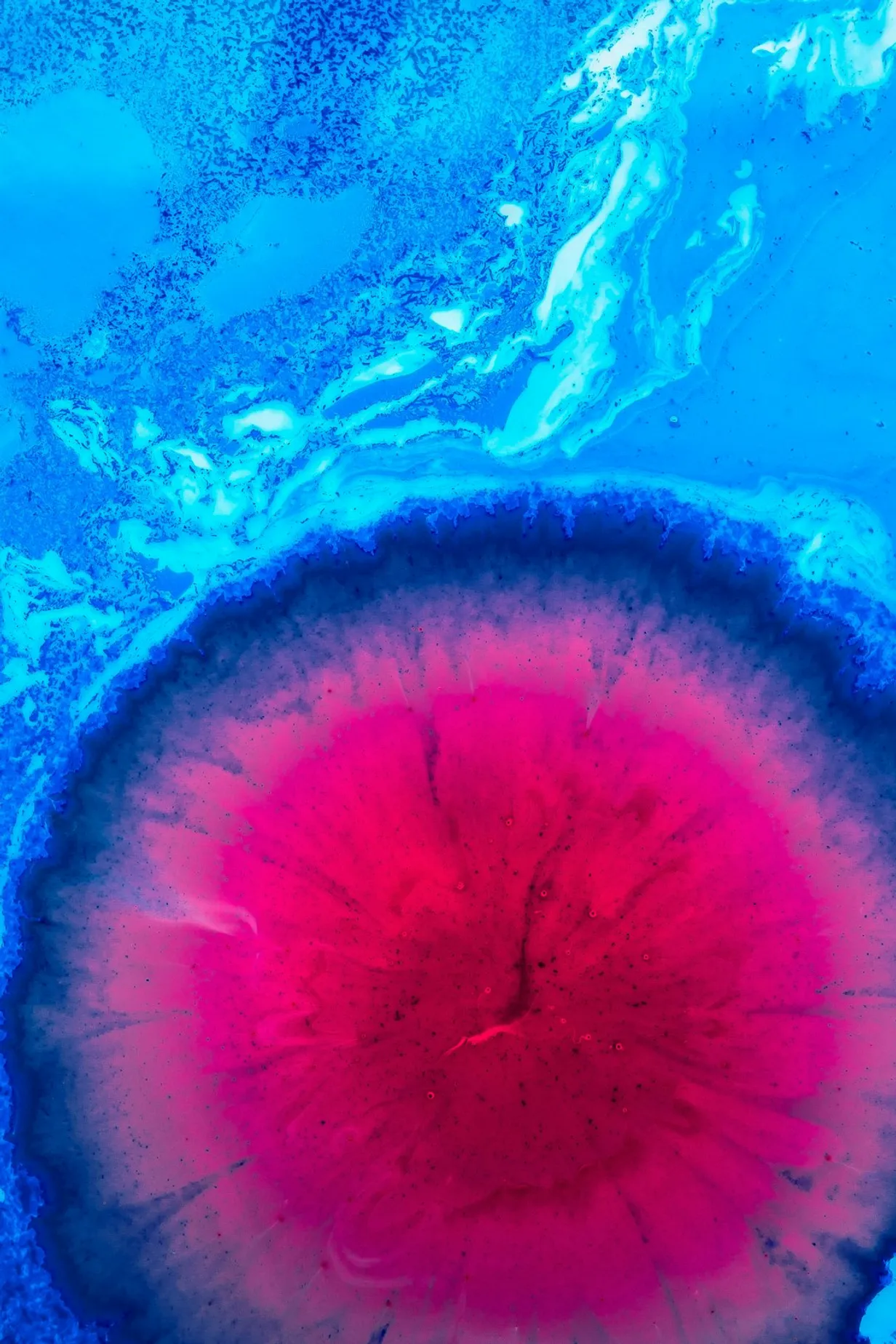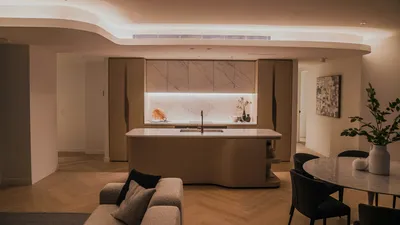Elevate Your Workspace: Mastering the Art of Color Psychology in Office Design

Understanding Color Psychology in the Workplace
Color psychology is the study of hues as a determinant of human behavior, and it’s a crucial element in office design. Different colors can evoke various emotions and effects, significantly impacting an employee's productivity and creativity within the workspace.
The Science Behind Color Choices
Colors influence mood, perception, and even productivity. This understanding can be harnessed effectively to design workspaces that encourage not only efficiency but also satisfaction and happiness among employees. Blues and greens often have a calming effect, promoting focus, while shades of red can stimulate and energize.
Implementing Color in Office Design
Incorporating color psychology into office design involves more than just splashing bright paint on the walls. It requires a strategic approach to how color interacts with office layout, light, and the specific needs of different work zones.
Main Work Areas
Main workstations should use colors that promote concentration and focus. Soft blues and greens can enhance calm productivity, creating a serene and focused environment.
Creative Zones
For areas meant to spark creativity and collaboration, consider warmer tones. Colors like yellow and orange can foster creativity and encourage open communication.
Break Rooms
Break areas should feel inviting and relaxing, allowing employees to unwind. Soft tones and pastel colors can transform these spaces into restful retreats to recharge during the workday.
Color Beyond Paint
While paint is the most direct way to incorporate color, don’t overlook furnishings and decor. Textiles, artwork, and even furniture can be used to achieve the desired psychological effects of color in an office setting.
Maximizing Color with Light
Natural lighting complements color schemes effectively. Proper lighting enhances color impact, ensuring that the psychological effects of chosen hues are not only seen but felt.
Natural vs Artificial Lighting
Incorporating both natural and artificial lighting solutions can help highlight selected color palettes, making environments more dynamic and adaptable to varying light conditions throughout the day.
Personalizing Color Choices
It’s essential to personalize color schemes to align with company branding and the specific functions of different office areas. Tailored color plans can support unique business activities, enhancing both aesthetics and workplace efficacy.
By thoughtfully integrating color psychology into office design, businesses can create environments that support employee wellbeing and align with corporate goals.



